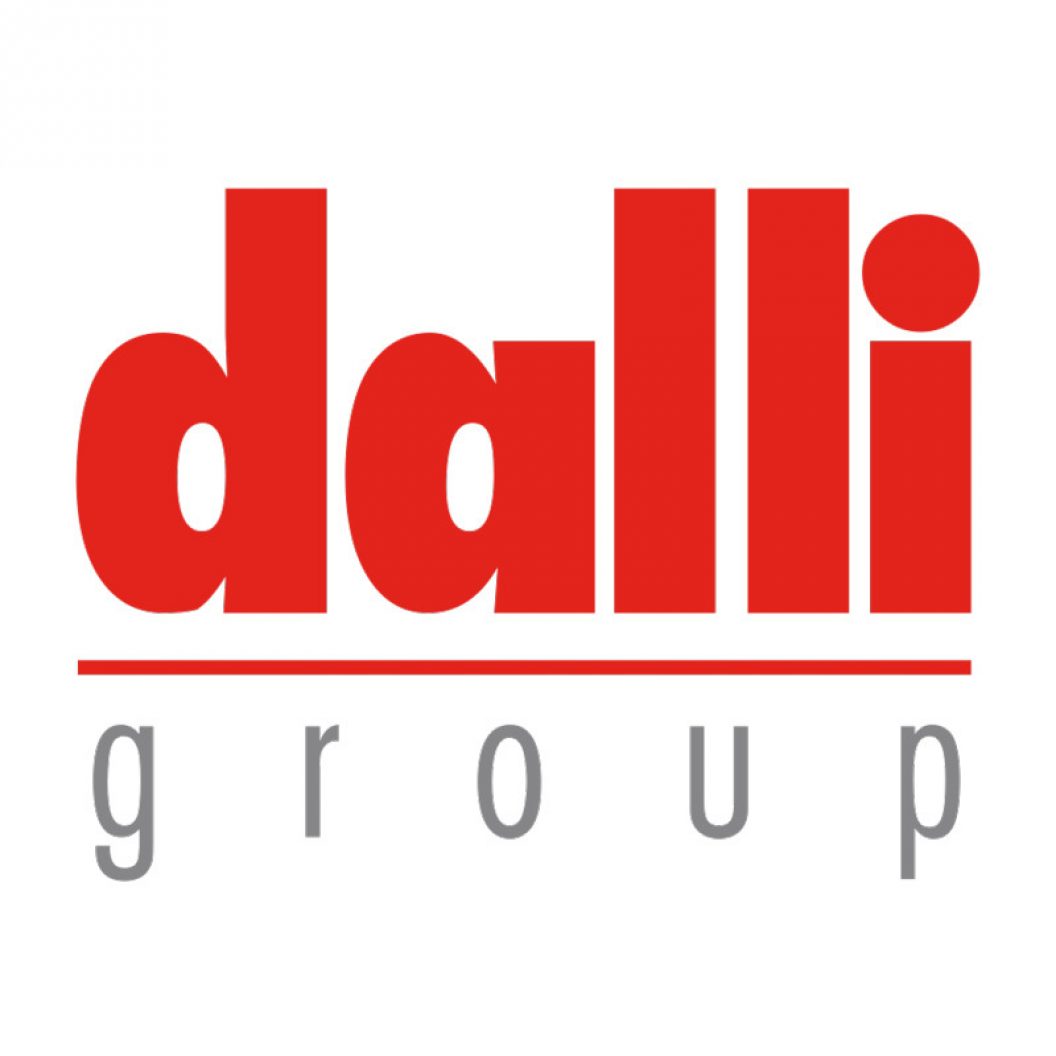A matter of experience
That the buyer can continue his business continuously during the carve-out has top priority for us. How we ensure this is a matter of experience - and the right tools and models.
With the help of our sophisticated system and process analyses, we take a close look - and recognize possible obstacles right from the start. And this is just the beginning...
How a carve-out becomes a success? Identifying and selecting a suitable carve-out scenario is a very important step. Take advantage of our know-how from almost 25 years of SAP consulting!
We implement your carve-out. We also offer other transformation services such as IT due diligence, post merger integration or consolidation. Would you like to know more? Please feel free to contact us.

Dr. Thomas Fischer, Partner
Do you have any questions? I will be glad to help you.+41 41 4184524
Carve Out - The solution for a successful SAP Carve Out
Carve-out or merger with SAP background: The purchase or sale of companies or parts of companies requires on the buyer and seller side, in addition to many contractual and organizational activities, the separation of the SAP/ERP system landscape used or entire IT architectures. The top priority is to ensure the uninterrupted continuation of the operative business on the buyer's side (day one readiness).
GAMBIT Consulting masters all forms of IT and SAP carve-outs with practice-proven process models and tools. With us you are in safe hands: from the simple separation of already isolated acting company units from running SAP systems up to the most complex separation projects of organizationally and IT technically networked operating units in globally positioned companies and groups.
Our programs for asset deals and spin-offs, for example, optimally combine the entire process, data and migration management - regardless of the complexity of the requirements and the respective split criteria.
In cooperation with globally positioned groups and leading auditing companies, GAMBIT has developed four Best Practice Models which allow to manage complex requirements in case of partial company sales in the form of asset deals as well as in case of spin-offs and reorganizations - for example in case of restructuring for the encapsulation of energy-intensive company divisions to be exempted from the EEG levy.
- Project durations can be adapted to your requirements by standardizing our best practice implementation models to a maximum degree - up to days or weeks.
- Tried and tested checklists enable the rapid identification of possible target scenarios and complexity drivers in the event of process-related changes (e.g. shared use of incoming goods or shipping warehouses, high intra-company share).
- If required, automated system scan analyses can provide additional support in order to identify changeover risks at an early stage and point out options for action.
What makes an IT carve-out so difficult?
Today, almost all parts of a company are organizationally and financially interwoven. This connection also applies to the IT systems and the associated business data and processes. If a part of the company is now to be spun off, this will result in numerous difficulties, especially in the area of IT:
- Identification of the data sets to be transferred to the buyer's systems
- Clean separation between data that may be transferred and data that cannot leave the transferring company for compliance reasons.
- Data protection during carve-out
- Prevention of impairments of SAP systems during carve-out (interruptions can lead to high follow-up costs)
- Risks for the continuation on Day 1
- Selection of the correct method for the data migration (copy, reset)
- Often narrow time window of only a few months
- Trouble-free integration of processes into the IT structure of the buyer or subsidiary (carve-in, post merger integration)
- Development of a new IT organization for spin-offs
- Creation of technical prerequisites for organisational and operational synergies
The particular challenge in IT carve-out is therefore to migrate a dependent unit from one company to another within a narrow time window and while constantly maintaining the functionality of all systems. This requires a sophisticated due diligence in connection with extensive system analyses. After an in-depth analysis, we can accompany both buyers and sellers through many years of experience and tailor-made tools in the migration and integration of business units from and into running SAP systems.
The experts of GAMBIT are at your side with advice and action, so that on Day 1 after the conclusion no nasty surprises wait. After integration, we also use appropriate TSAs to stabilize all processes and optimize systems in order to make the best possible use of synergies.
The success stories with our customers Oerlikon and Safran Vectronix speak for themselves: With us your carve-out is in safe hands.
The essence of 20 years of IT experience
Based on the essence of many SAP carve-out projects, we have developed a guideline that enables us to quickly and efficiently analyze the customer's individual starting situation and objectives and derive possible options for action.
With the help of our standardized system and process analyses, even the most complex system architectures can be identified during the planning phase as potential obstacles and ways to clean up or minimize risk can be identified. After the joint identification and selection of the appropriate carve-out scenario, the project scope, the periods, milestones and target dates as well as the transformation tools to be used are coordinated and installed.
How does an SAP Carve-Out work?
As part of our end-to-end service, we offer you support from planning through due diligence and carve-out to carve-in (post-merger integration). But how does the process begin?
1. examination of the buyer's IT
Whether spin-off, spin-off, divestment or integration of new subsidiaries - before an IT carve-out, we always comprehensively examine the possibilities with the buyer. The following questions are in the foreground:
- Does the buyer's IT have the necessary capacity with its corporate structure for the integration of a third-party system or are investments necessary for expansions and changes?
- Are the buyer's IT and the processes in the parts of the company to be sold technologically compatible?
- Is standard software used on both sides or are these highly individual solutions that require adaptation?
With the data from the short analysis of the buyer's IT, the IT carve-out can be planned much more purposefully.
2. planning and implementation
The planning of the carve-out involves very different areas:
- Support and consulting in contract negotiations from an IT perspective (avoidance of risk discounts by timely elimination of weak points on the seller side)
- Analysis of the seller's data and IT systems (Which IT systems are important for the transaction object? How can the smooth integration based on this information be ensured?)
- Development of an integration roadmap
- Design of TSA (Transition Service Agreements) for planning the DAY 1 Readiness
- Timely conversion of environmental systems
- Definition of the business processes for Day 1 in the system of the new company
- Definition and comparison of individual scenarios for data separation and the use of applications → Selection of the selected scenario
- Project management to avoid business interruptions on Day 1 and afterwards
3. IT-CARVE-in (Post Merger Integration)
The buyer now has to realize the IT synergies and enable the organizational and operational synergies through appropriate technical prerequisites. Various steps are required to do this:
- Stabilization of all processes so that everything runs smoothly even after Day 1. Possible sources of error are identified and eliminated accordingly.
- Optimization of the systems so that the complete synergy potential can be unfolded after the transaction.
- If required, support in restructuring or redevelopment of the IT organization.
Finally, we make preparations for our exit after the carve-out process and carve-in have been completed and the integrated business unit is functioning smoothly in the corporate or group structure.
We provide holistic IT support in the context of mergers and acquisitions. For this reason, IT due diligence and post-merger integration are part of our M&A portfolio in addition to the carve-out.
Our process models cover all variants
Our clients for the planning and implementation of carve-out-related SAP system separations are both sellers and buyers. A seller's involvement often takes place long before the sale of a division becomes officially known. GAMBIT cooperates in projects of this kind with leading global providers of transaction advisory services. Well-prepared carve-outs also reduce potential risk discounts on the purchase price by the buyer.
On the buyer side, SAP carve-out projects are usually commissioned between signing and closing or after closing. These companies, which are often under time pressure, include the technical planning and execution of the carve-out as well as the coordination of necessary IT activities between seller and buyer. We are also responsible for planning and accompanying the transformation of entire system architectures that are to be integrated into the buyer's infrastructure environment.
Carve-Out - why IT plays the decisive role
Whether large companies with a complicated corporate structure or medium-sized companies - almost all companies today work data driven and rely on powerful IT systems. Complicated corporate structures would not be manageable today without appropriate SAP/ERP systems and an efficient data center.
Because IT is so important today, it can very quickly develop into a dealbreaker for carve-out transactions. Of course, the products and markets of the buyer and the transaction object also play an important role. Nevertheless, IT problems at all levels can lead to very expensive consequences:
Before the transaction: If the carve-out is poorly prepared by the seller, this can lead to sensitive risk discounts in the price negotiations. The buyer plans certain hurdles and challenges at the same time and is therefore only prepared to pay a lower price. If, on the other hand, there is no comprehensive planning on the buyer side, this can lead to the difficulties described below during and after the transaction.
During the transaction: In the worst case, it comes to a standstill, resulting in expensive interruptions to deliveries. No business model works if IT hinders communication with suppliers and customers or automated processes. Normally, this way may also require extra investments which significantly increase the costs of the acquisition and possibly make it unprofitable.
After completion of the transaction: A non-targeted post-merger integration (PMI), on the other hand, may result in the desired synergies not being exploited. If, for example, certain technical requirements are not available, even the best planned optimization of the organizational structure cannot be implemented.
You want to avoid such problems? Our experts are at your disposal throughout the entire process and ensure that carve-out and carve-in transactions run smoothly and purposefully.
Which carve-out methods are available for data separation and integration?
The exact technical sequence of the carve-out can take place in different ways. The question always arises as to how the necessary data can be migrated from the seller to the buyer. There are various approaches to this question:
1. the greenfield approach
The greenfield approach is chosen very frequently. For this purpose, a completely new SAP ERP is installed at the new company (the buyer) (on the greenfield = greenfield). In addition, all important processes are set up before the seller's data is migrated to the new system.
Procedure: New installation at buyer → Setting of all processes → Migration of data
2 The Brownfield Approach
For this approach, a complete one-to-one copy of the seller's system is created and made available to the buyer. After the migration, all important data is removed from the business data or organizational units of the selling company. Due to the transfer of confidential data, this is only possible for spin-offs to subsidiaries.
Procedure: 1:1 copy of the existing system is made available → Removal of all sensitive data from the system
In practice, the greenfield approach is very common, while the brownfield approach is only suitable for merger carve-out. In this case, it could also be possible to create the data export as a client in the SAP ERP system of the parent company and make all changes there.
GAMBIT, an excellent partner for transformation and SAP services
In addition to carve-out scenarios, our comprehensive range of Transformation Services also covers the following areas:
- IT Due Diligence
- Post Merger Integration
- restructurings
- consolidations
We also offer various basic SAP services, from SAP implementation and strategic SAP consulting to SAP Application Management.
Experienced specialists are available!
SAP Carve Out Glossary
Equity carve-outThe
equity carve-out is a process in which a group sells shares in a subsidiary on the stock exchange. The Group reduces its shares through this sale, but as a rule still retains the majority. This sale is often referred to as a spin-out.
Spin-off
A spin-off is similar to
an equity carve-out, but the shares of the subsidiary are issued to the existing shareholders free of charge. To this end, the Group placed all its shares on the stock exchange in the course of the subsidiary's IPO. The advantage is that the parent company retains entrepreneurial control and can nevertheless invest all its capital in the core of its own business model. A spin-off is also sometimes referred to as a spin-off, as the subsidiary automatically carries out an initial public offering. Such a spin-off often also involves a transfer of personnel so that employees from the group become the managing directors of the subsidiary.
Spin-offA
spin-off describes the creation of a subsidiary through a spin-off from the respective parent company. This is the case, for example, when research and development results in new products that are to be tested in a subsidiary instead of an affiliated business unit. Particularly risky products as well as business areas or divisions can also be tried out as part of a spin-off of other units of the company as subsidiaries.

Dr. Thomas Fischer, Partner
Do you have any questions? I will be glad to help you.+41 41 4184524



